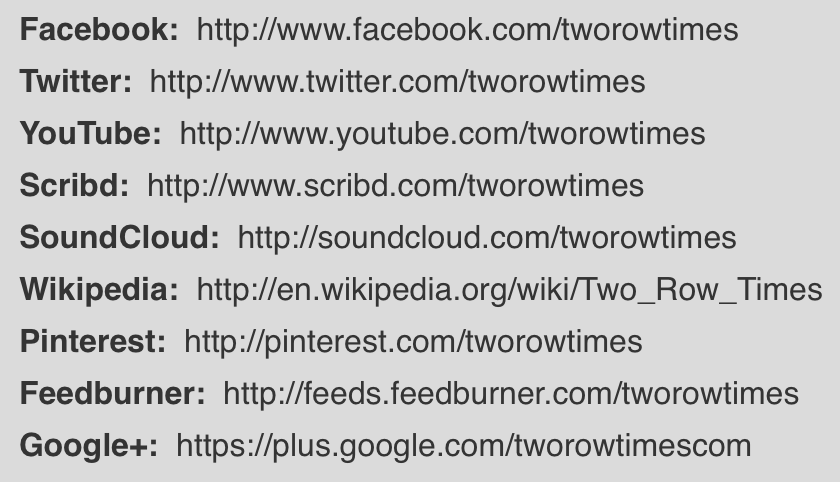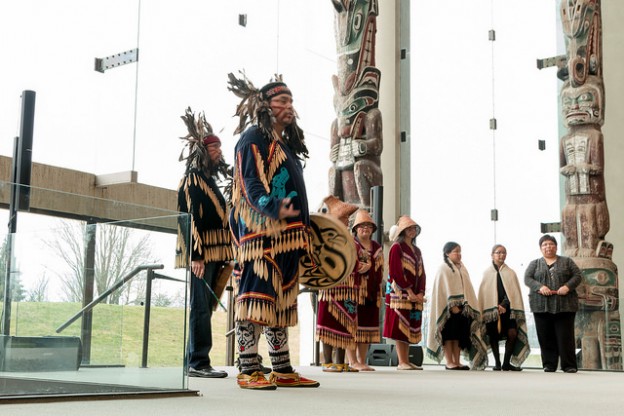NativeWeb
NativeWeb is good resource for finding information about international Indigenous groups. The site is used to aid communication between the many different Indigenous population, so they can find commonalities. Here is NativeWeb’s mission statement.
“NativeWeb is an international, nonprofit, educational organization dedicated to using telecommunications including computer technology and the Internet to disseminate information from and about indigenous nations, peoples, and organizations around the world; to foster communication between native and non-native peoples; to conduct research involving indigenous peoples’ usage of technology and the Internet; and to provide resources, mentoring, and services to facilitate indigenous peoples’ use of this technology.”



